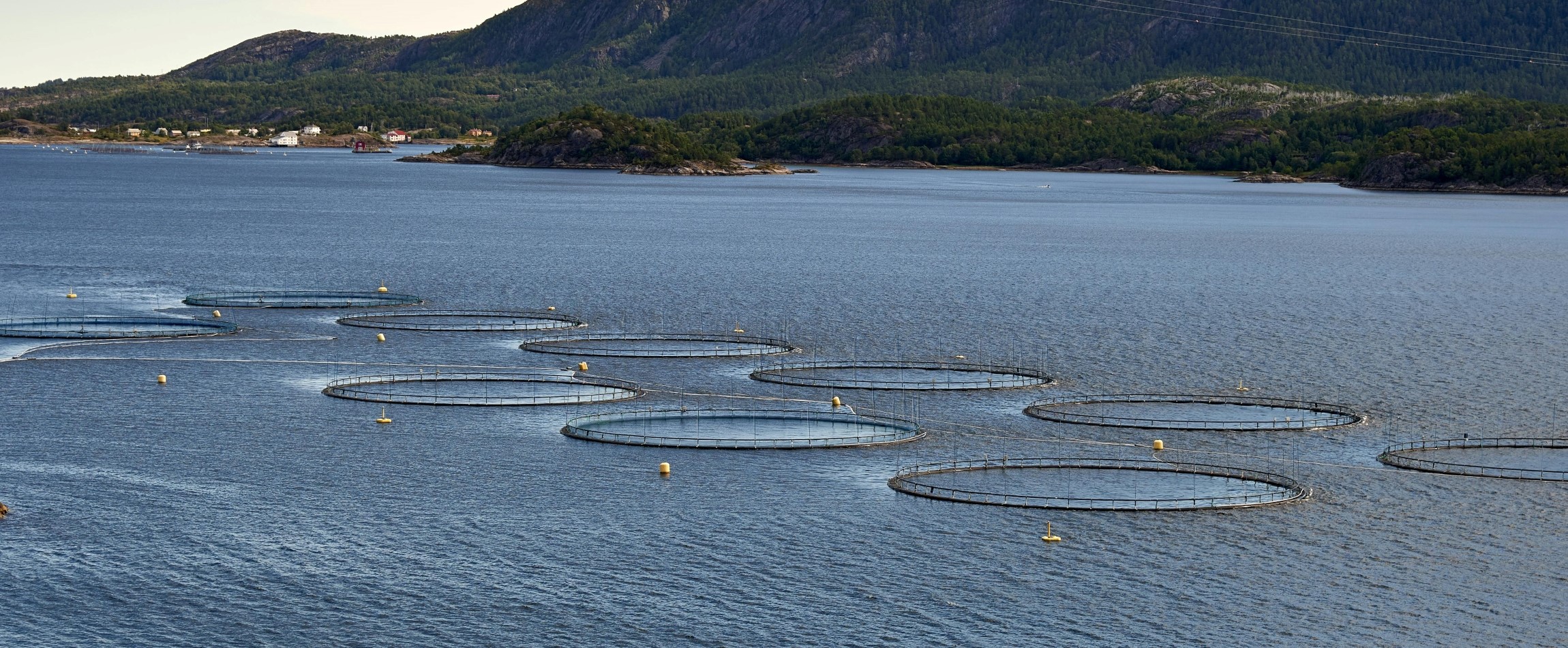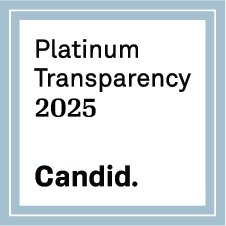Hidden Welfare Risks In Aquaculture: Species Matters
The numbers are striking: fish production grew from just nine million tonnes in 1990 to 56 million tonnes nearly three decades later. This translates to around 124 billion fishes killed for food in 2019. However, despite these growing numbers and their importance for global food production, aquatic farming is minimized as biomass. Overlooking the welfare and diversity of species can lead to substandard living conditions for fishes and other aquatic animals, which results in increased disease risks, impacts the stability of the production system, and increases the economic vulnerability of millions of people.
This review focuses on animal welfare in captivity, examining species characteristics that could influence their welfare in aquatic farming. The researchers conducted a literature review, gathered data, and performed analyses. Data was sourced from FishStatJ, the Food and Agriculture Organization (FAO) of the United Nations’ database, which provides global aquatic farming production statistics dating back to 1950. The study assesses whether there are significant differences in the distribution of welfare risks across different taxonomic groups.
Farming Of New Species
The rate of attempts to domesticate aquatic animals is nearly 100 times faster than that of terrestrial species. Since 1950, the FAO has monitored the farming of 539 aquatic species and, for 2021, 397 of these remained in production. Of these, 56 species were farmed for the first time in 2021. Around 142 species were cultivated for a median duration of just six years before being phased out of production. This is often attributed to economic, environmental, or welfare-related challenges that impact their viability.
Different Species, Different Welfare Risks
The researchers identified 18 potential welfare risk factors that may affect various species, classifying them into two main categories: direct factors and indirect factors. Direct factors include aspects such as reproduction, diet, and social behavior. In contrast, indirect factors involve considerations like the adequate management of parasites through the use of additional fish species (e.g., cleaner fishes) and the promotion of farmed fish health.
Among the identified factors, seven are particularly significant for animal welfare across various species. These key factors are:
- Complex parental care
- Diet type
- Cannibalism
- Solitary lifestyles
- Migration
- Extreme depth
- Long lifespan
To better understand and evaluate the welfare risks associated with different species, the researchers developed a welfare-risk profile that ranges from zero to seven based on the number of known risks each species faces.
The researchers found that the distribution of welfare risks varies across taxonomic groups. Chordates, which include vertebrates like fishes, and crustaceans show the highest levels of welfare concerns, whereas some mollusks and other invertebrates are associated with fewer issues. An exception to this are cephalopod mollusks (like cuttlefishes), who face welfare risks similar to chordates and crustaceans.
Farming Of Higher Welfare Risk Species
As of 2021, 68% of global aquatic farming production, amounting to 59 million tonnes or 177 to 251 billion individuals, is derived from species classified with two or fewer welfare risks. Close to a third (32%) of production, equating to 27 million tonnes or 38 to 80 billion individuals, comes from species recognized as having three or more welfare risks. Remarkably, roughly 50% of the global production of chordates originates from species with high welfare risks.
These findings underscore the need for improved welfare management in aquatic farming, especially concerning high-risk species. Furthermore, species characterized by higher welfare risks, such as certain fishes, shrimps, and crabs, typically incur higher farming costs, indicating a positive correlation between price per tonne and the number of welfare risks involved.
While this analysis provides valuable insights measuring the welfare risks and the cost of global aquatic farming, it would be strengthened by additional research that includes information about changing market demands or international trade policies. As previously mentioned, continuous attempts to domesticate new species for consumption show the dynamic and evolving nature of the industry. However, practical actions should be implemented worldwide for meaningful, compassionate, and sustainable progress in aquatic farming.
The researchers suggest that policy and regulatory frameworks should prioritize estimating welfare risks when selecting and promoting species for aquatic farming to enhance the well-being of farmed species. Their analysis indicates that species with lower welfare risks tend to be more cost-effective and efficient to farm than those with higher welfare risks. Focusing on species with fewer welfare concerns — such as seaweeds and bivalves — could provide sustainable and affordable solutions. Thus, the researchers argue, improved welfare outcomes can be achieved without sacrificing global food accessibility.
Furthermore, the researchers note the lack of public understanding about the significant differences between aquatic species. This awareness could be fostered through the efforts of advocates highlighting these species’ unique needs. A deeper understanding of marine life can empower consumers to make more informed choices, influencing policy decisions. Collaboration across multiple sectors is vital for leading the aquatic farming industry towards more ethical and sustainable practices. Engaging consumers, scientists, policymakers, and industry leaders is necessary to ensure that introducing new species and farming methods aligns with the objectives of welfare and sustainability.
https://doi.org/10.1126/sciadv.adn8782

















